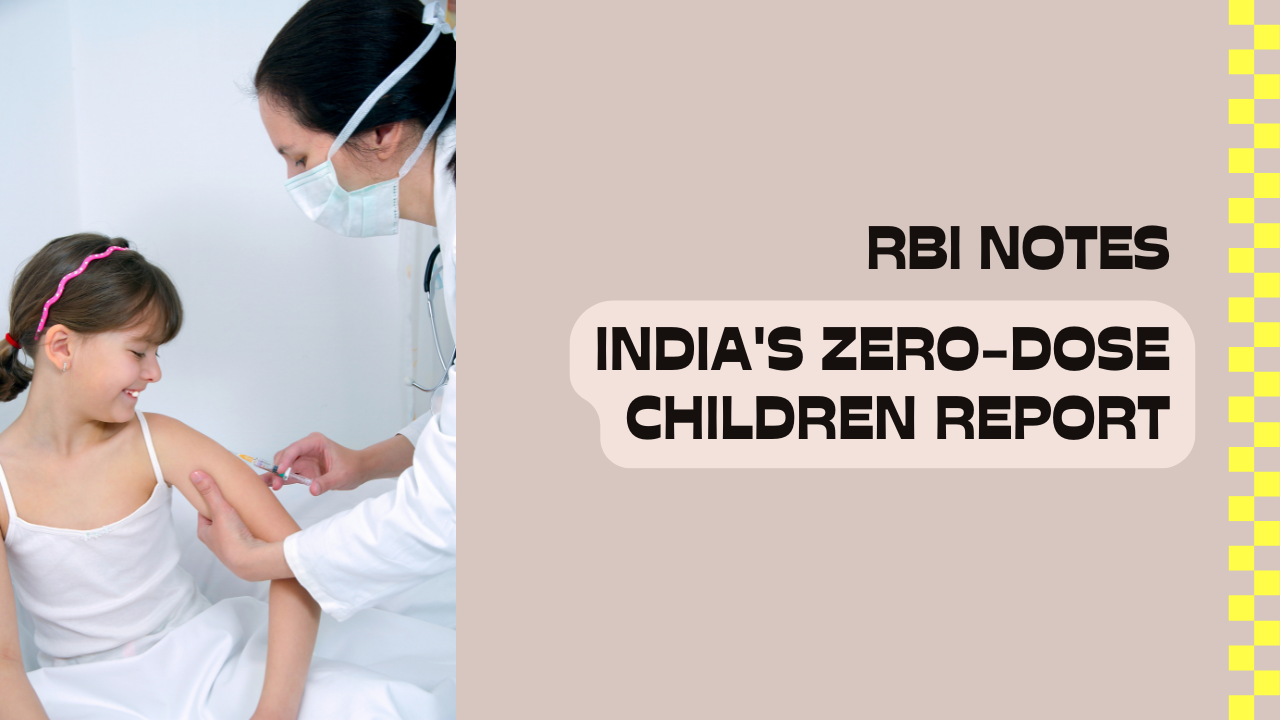India registered the second-highest number of zero-dose children globally in 2023, with nearly 16 lakh children not receiving any vaccines, according to the recently released WHO and UNICEF estimates of national immunisation coverage (WUENIC). Nigeria topped the list with 21 lakh zero-dose children, while India showed an improvement from 2021 when it had recorded 27.3 lakh zero-dose children, the highest globally at that time.
Immunisation Coverage Trends
The WUENIC report revealed a slight dip in childhood immunisation in India in 2023 compared to 2022. The coverage of the diphtheria, pertussis, and tetanus (DPT) vaccine, which is used as a proxy for measuring the number of zero-dose children, decreased by two percentage points, from 95% in 2022 to 93% in 2023. Despite this dip, the 2023 coverage was significantly higher than the 87% and 88% seen in 2020 and 2021, respectively, and above the 2023 global average of 89%.
Zero-Dose and Under-Vaccination Data
In 2023, India had 1.6 million zero-dose children, an increase from 1.1 million in 2022, but still lower than the 2.73 million recorded in 2021. This figure was also higher than the 1.4 million zero-dose children in 2019, reflecting the ongoing challenges in achieving consistent immunisation coverage.
The report also highlighted that the coverage of the third dose of the DPT vaccine, used as a proxy for under-vaccination, stood at 91% in 2023. This was a slight decrease from 93% in 2022 but remained higher than the global average of 84% for 2023. In absolute terms, 2.04 million children in India were under-vaccinated in 2023, slightly lower than the 2.11 million under-vaccinated children in 2019.
Expert Perspectives
An expert previously involved in the government’s vaccination programme emphasized that the slight drop in vaccination numbers should not be seen as a cause for concern but rather as a signal to intensify efforts. The expert noted that achieving high coverage rates, particularly above 90%, requires targeted strategies that address challenges such as the migratory population, seasonal movements, and geographical barriers like floods.
The expert also pointed out that while India has the second-highest number of zero-dose children, the country’s large population means that even a small percentage of non-vaccinated children translates to a significant absolute number.
India’s immunisation efforts continue to face challenges, particularly in reaching the last mile and ensuring that no child is left behind. While the country has made significant progress, as reflected in the improvement from 2021’s zero-dose figures, the slight dip in coverage in 2023 indicates the need for renewed focus and innovative strategies to maintain and further improve immunisation rates. The WUENIC report serves as a reminder of the critical importance of sustained efforts to protect every child through vaccination.






